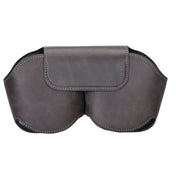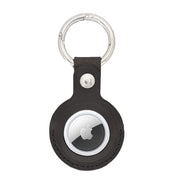As the technological advancement of leather production continues to improve with the passing years, it is paramount to know how far it has come. It is said that almost 4 million across the globe are connected to leather manufacturing and production and is said to increase to outstanding figures soon.
These are a result of the plans that have been made to ensure to improve the qualities of leather, which are used in making many finished products that matter in our day-to-day activities. Examples are leather gloves, phone cases, travel boxes, watches, shoes, and clothing.
Livestock
Scientists have also claimed that with the new advent of these new ideas and innovations for ensuring maximum leather productivity across the globe, many impending issues can be solved, and game-changing concepts can also be improved drastically. A very sound example of the problems as mentioned above is that it is one of the significant pollution agents in the world given its high use in demand; hence, the endless making of it.
There are numerous means of achieving maximum leather production, and the technology applied to make the process reality is what we will have a glance at. The use of animals and livestock for leather making has become a prominent technological innovation by private companies as well as government organizations. Despite its advantages, it has also been classified to be a threat to climate change.
Agriculture has now become a very active player in the causes of greenhouse gases and desertification. Also, it consumes nearly 90% of the water supply in most parts of the USA.
Chrome
Another technology applied is "chrome," which is the method of tanning leather during the manufacturing process. This process, also known as the WLCT (Waterless Chrome Tanning Technology), was developed by Central Leather Institute (CLRI) in Chennai, India.
Here, the water and the chrome substance are reduced to ensure tidier manufacturing processes. There is also a chance of better quality many times superior to the leather produced through the normal process.
With the presence of CLRI training centers and sound training of numerous students, the future of leather making is heading towards the right direction in ensuring quality and reliability in modern-day products. Mechanisms have also been put to place to add more facilities and training to the ones currently on the ground.
Enzymatic Dehairing and Fibre Opening
Recent studies have shown how calfskins of Northern Indian cattle tend to have very stubborn pigments for removal in leather making. Aside from the Indian animals, many of the species have also been proven to face the same issue.
These calfskins have a higher form of melanin concentration, and a more elevated amount of enzymatic dehairing needs to be applied. These processes have also needed standardization through various tests and methods.
With dip and pile method, drum method, and grain side application, all necessary means to actualize melanin removal has been taken to new heights. Aside from that, it has made the manufacturing process more difficult, time-consuming, and costly, and that is why the dehairing method is one of the most sought-after melanin removal techniques.
With the presence of a compound called eumelanin, the skin absorption maxima of the chemicals extracted is shown to be on a very high level and underlines that melanin is the result of enzymatic dehairing and fiber opening.




